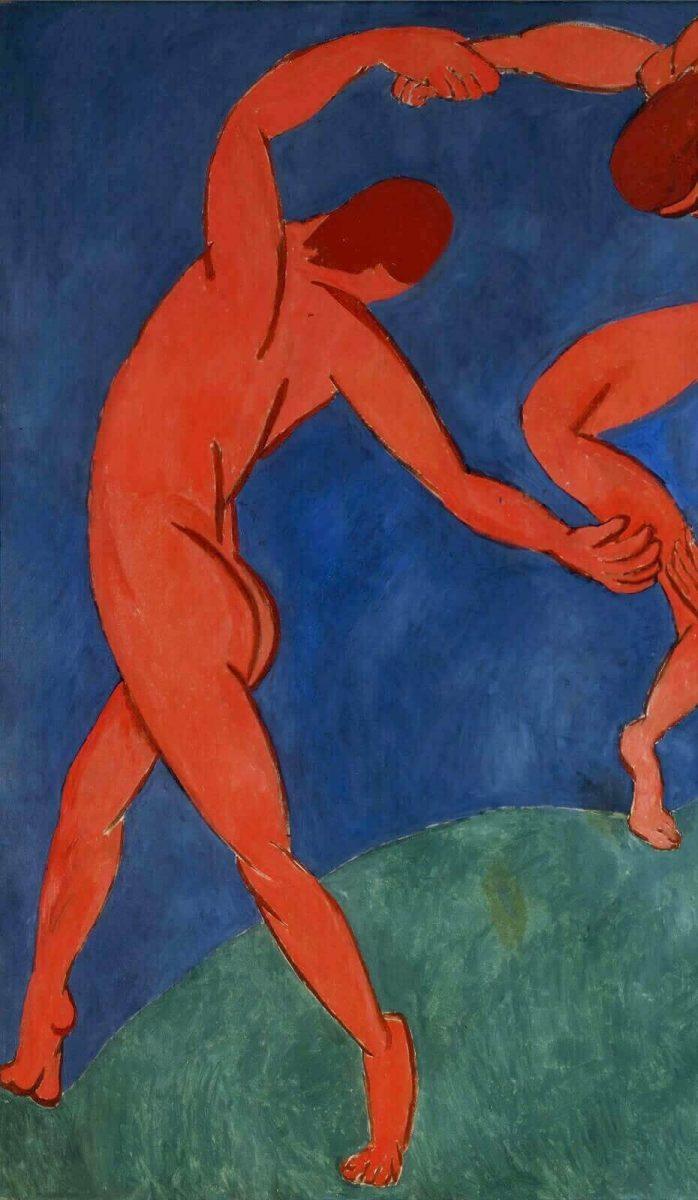
"Dance" by Matisse. Complex in simple, simple in complex
Contents:
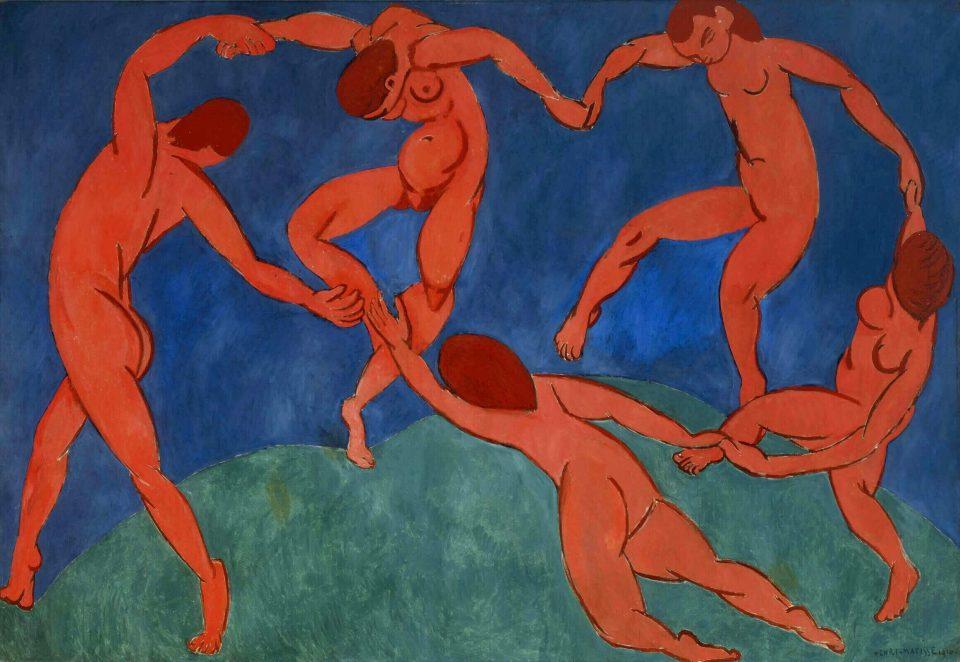
Painting by Henri Matisse "Dance" from Hermitage huge. 2,5 by 4 m. Because that the artist created it as a wall panel for the mansion of the Russian collector Sergei Shchukin.
And on this huge canvas, Matisse depicted a certain action with extremely sparing means. Dance. No wonder his contemporaries were dumbfounded. After all, in such a space, so much could be placed!
But no. Before us is only something created with the help of lines and three colors: red, blue, green. That's all.
We may suspect that the Fauvists* (which was Matisse) and the Primitives simply do not know how to draw differently.
This is not true. In most cases, they all received a classical art education. And a realistic image is very much within their power.
To be convinced of this, it is enough to look at their early, student work. Including Matisse. When they have not yet developed their own style.
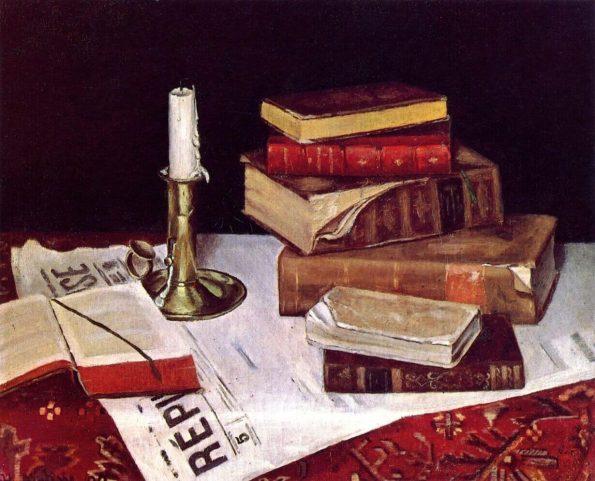
The Dance is already a mature work by Matisse. It clearly expresses the style of the artist. And he deliberately simplifies everything that is possible. The question is why.
Everything is easily explained. To express something important, everything superfluous is cut off. And what remains serves to clearly convey the artist's intention to us.
In addition, if you look closely, the picture is not so primitive. Yes, the earth is expressed only in green. And the sky is blue. The figures are painted very conditionally, in one color - red. No volume. No deep space.
But the movements of these figures are very complex. Pay special attention to the left, tallest figure.
Literally, with a few precise and measured lines, Matisse depicted a spectacular, expressive pose of a person.
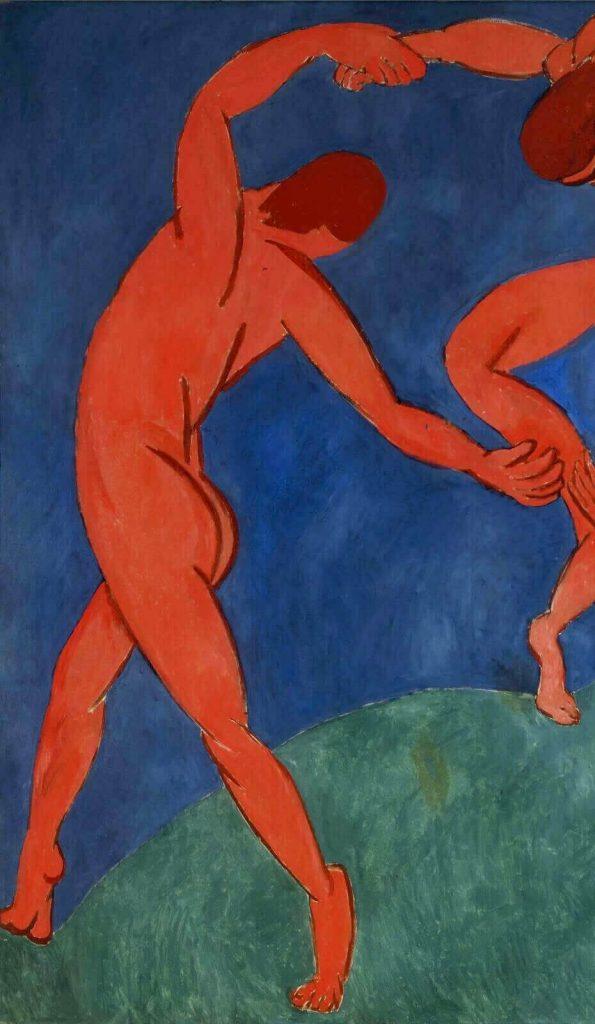
And a few more details are added by the artist in order to convey his idea to us. The earth is depicted as a kind of elevation, which enhances the illusion of weightlessness and speed.
The figures on the right are lower than the figures on the left. So the circle from the hands becomes tilted. It adds a sense of speed.
And the color of the dancers is also important. He is red. The color of passion, energy. Again, in addition to the illusion of movement.
All these few, but such important details, Matisse adds only for one thing. So that our attention is focused on the dance itself.
Not in the background. Not on the faces of the characters. Not on their clothes. They just aren't in the picture. But only at the dance.
Before us is the quintessence of dance. Its essence. And nothing else.
This is where you understand the whole genius of Matisse. After all, simplifying the complex is always harder. It is much easier to complicate the simple. I hope I didn't confuse you.
Compare Matisse and Rubens
And in order to better understand the idea of Matisse, imagine if the characters had faces, clothes. Trees and bushes would grow on the ground. Birds were flying in the sky. For example, like Rubens.
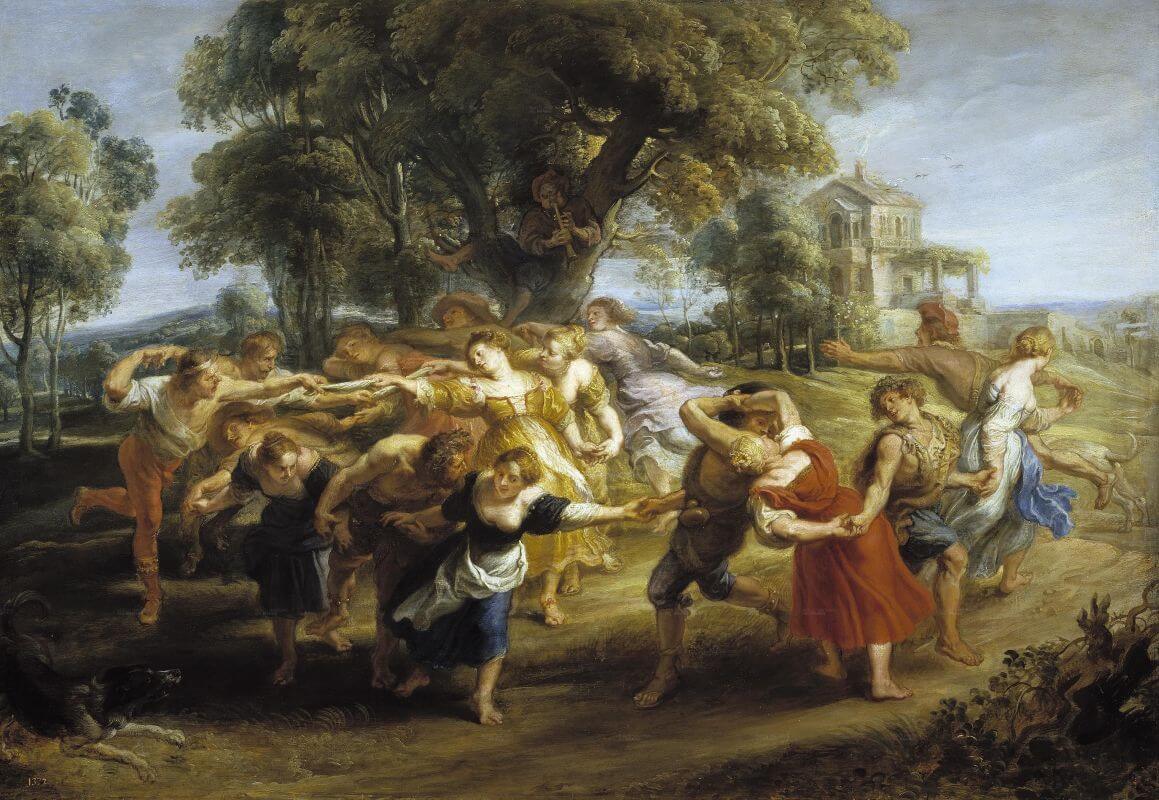
It would have been a completely different picture. We would look at people, think about their characters, relationships. Think about where they dance. In what country, in what area. What is the weather like.
In general, they would think about anything, but not about the dance itself.
Compare Matisse with Matisse himself
Even Matisse himself gives us the opportunity to understand his intention. There is one version of the "Dance" stored in Pushkin Museum in Moscow. There are a little more details.
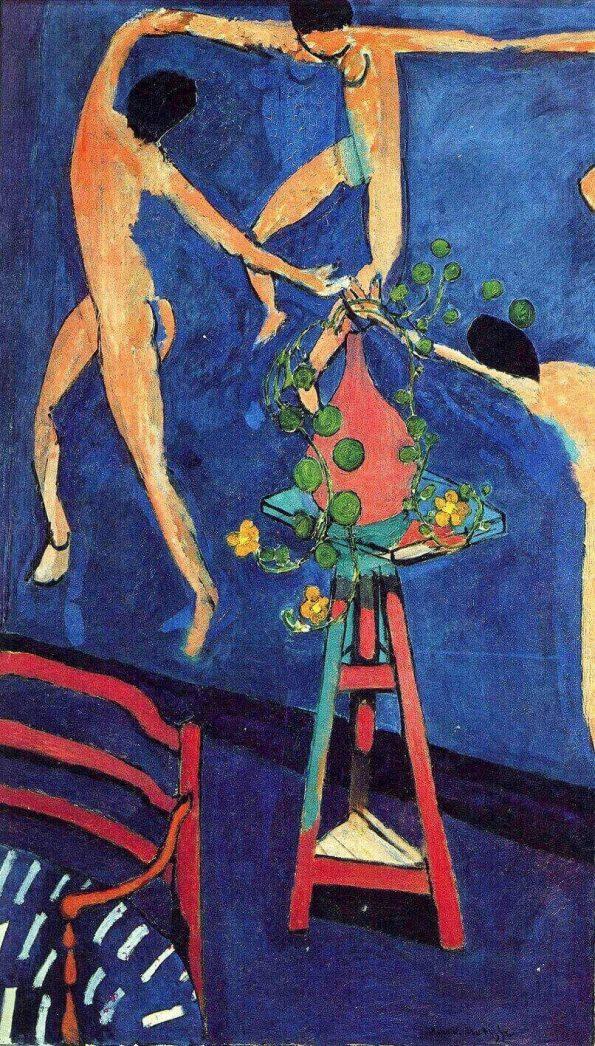
In addition to the "Dance" itself, we see a flower pot, an armchair and a plinth.
By adding details, Matisse expressed a very different idea. Not about dance as such, but about the life of dance in a certain space.
Back to the Dance itself. In the picture, not only conciseness is important, but also color.
If the colors were different, the energy of the picture would also be different. Again, Matisse himself involuntarily gives us the opportunity to feel this.
Just look at his work Dance (I), which is in the Museum of Modern Art in New York.
This work was created immediately after receiving an order from Sergei Schukin. It was written quickly, like a sketch.
It has more muted colors. And we immediately understand how the red color of the figures makes a significant contribution to the feeling of the picture.
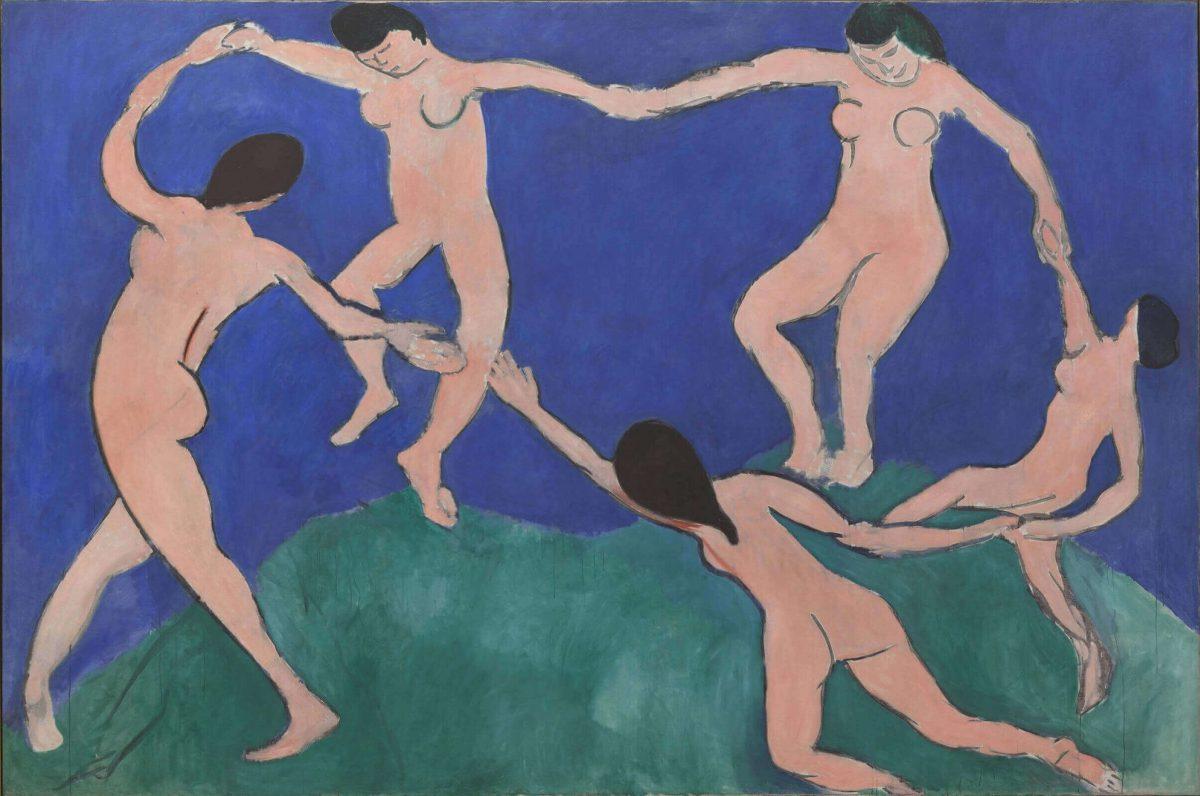
The history of the creation of "Dance"
Of course, its history of creation is inseparable from the picture. Plus, the story is very intriguing. As I already mentioned, Sergei Shchukin commissioned Matisse in 1909. And on three panels. He wanted to see dance on one canvas, music on another, and bathing on a third.

The third was never completed. The other two, before they were sent to Shchukin, were exhibited at the Paris Salon.
The audience had already fallen in love impressionists. And at the very least began to perceive post-impressionists: Van Gogh, Cezanne and Gauguin.
But Matisse, with his red pieces, was too much of a shock. Therefore, of course, the work was scolded mercilessly. Shchukin also got it. He was criticized for buying all sorts of rubbish ...
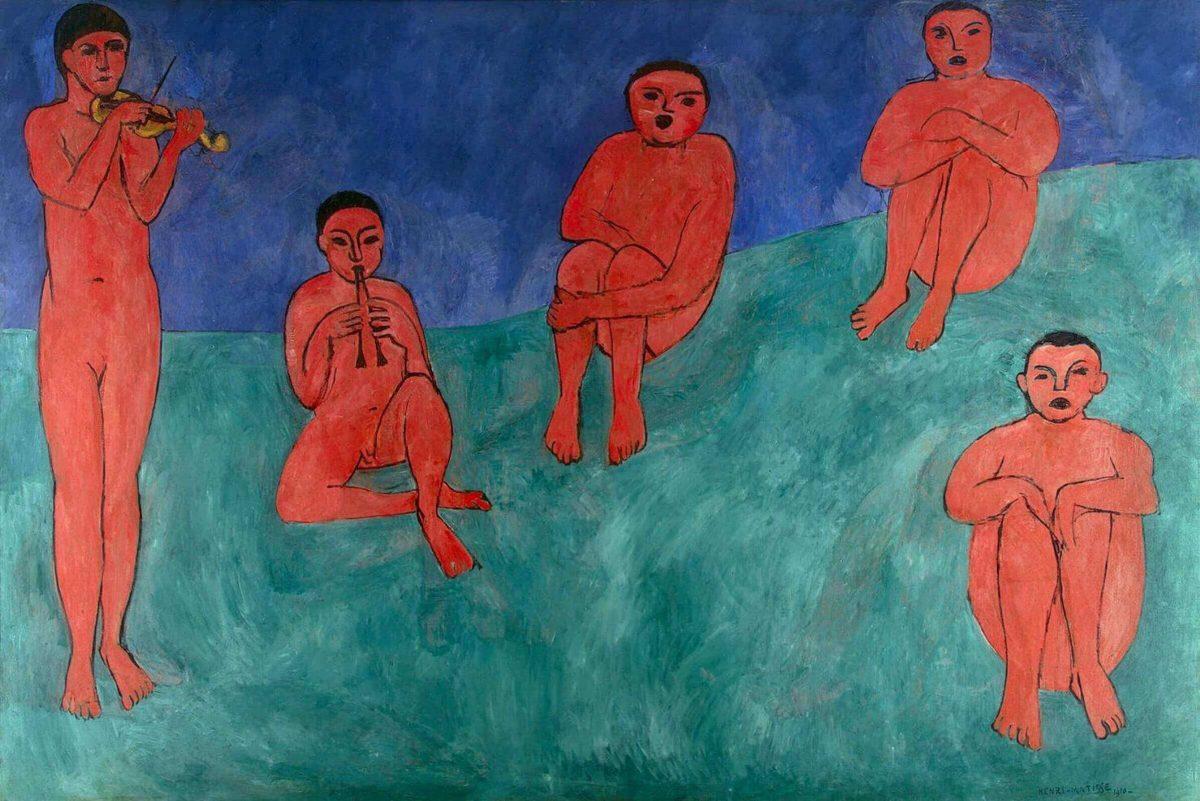
Shchukin was not one of the timid, but this time he gave up and ... refused to paint. But then he came to his senses and apologized. And the panel "Dance", as well as the steam room to it "Music", safely reached Russia.
Which we can only rejoice at. After all, we can see one of the most famous masterpieces of the master live in Hermitage.
* Fauvists - artists working in the style of "Fauvism". Emotions were expressed on canvas with the help of color and form. Bright signs: simplified forms, flashy colors, flatness of the image.
***
Comments other readers see below. They are often a good addition to an article. You can also share your opinion about the painting and the artist, as well as ask the author a question.
Leave a Reply